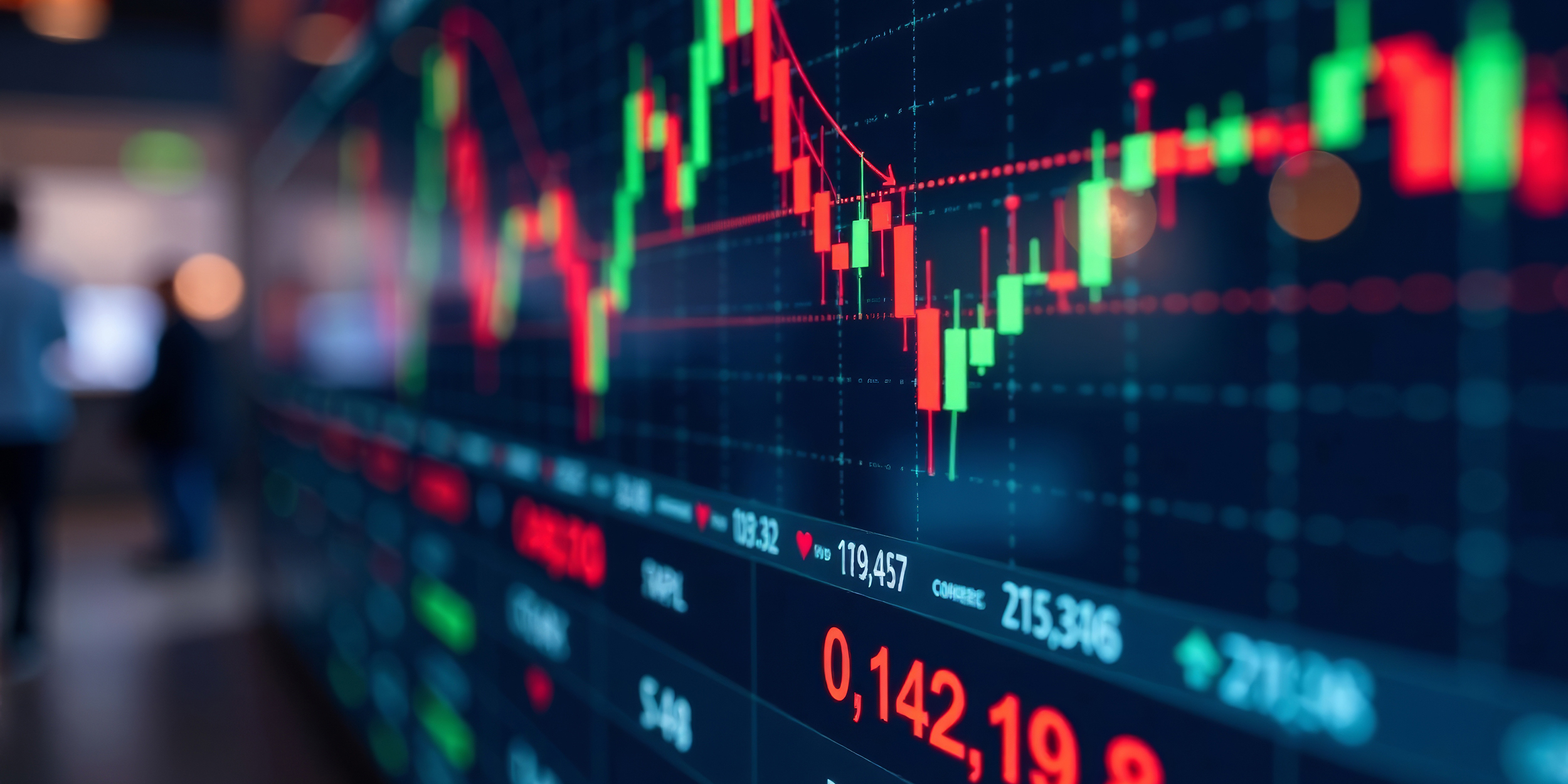Key highlights:
- Global growth looks relatively stable but may slow modestly in the US and China.
- Inflation is uncomfortably above target in the US and UK, although stable. It is less of an issue in Europe and many emerging markets (“EM”) whilst China is struggling with deflation.
- Central banks will continue to cut rates but there is room for disappointment here, as fiscal policy becomes increasingly expansive.
- The outlook for bonds is mixed and a focus on credit quality, shorter maturity issues and attractive yields remains sensible.
- Equities should continue their recovery, but market leadership is changing.
- The dollar is likely to continue to depreciate long-term.
- What we term the ‘changing world’ and ‘fracturing global economy’ will be powerful influences on the global economy, financial markets and policy makers for years to come.
- The macro background is changeable and uncertain and provides both risks and opportunities – a different investment strategy is required.
Global growth, inflation and policy dynamics
The recovery in equity markets over the past few months has been impressive, especially given the background of continued tariff uncertainty, an escalating crisis in the Middle East and rising geopolitical and economic risks. This is heartening and is reflective of a number of factors including a resilient US economy, a pause in the implementation of any tariffs whilst negotiations remain ongoing, a shift to focusing on US tax cuts and deregulation and the prospect of interest rate cuts and fiscal easing in many economies. In addition, a weaker dollar is helpful for US corporate profits and the global economy ex-US whilst energy prices have also remained relatively low despite the Iran-Israel conflict.
The global economy looks to be in relatively good shape for the next couple of years, although growth is likely to slow modestly in the US and China. This assumes that tariffs remain at their current levels of around 10% on most countries and maybe 40% on China. Such an outcome would likely reduce global trade modestly but would be manageable and largely offset by governments almost everywhere pursuing more stimulative fiscal policies, additional monetary easing and further deregulation in the US and Europe. Should tariffs end up higher than this, then this would threaten the growth outlook and put upward pressure on inflation – at least in the US.
The global inflation outlook continues to be mixed. Inflation in the US and UK is moderating but remains at a level above the central banks’ target rates and this is likely to remain the case for the foreseeable future, especially given a weaker dollar and the pressure from higher tariffs. Inflation in Europe is more subdued due to weaker growth and an appreciating Euro. China, on the other hand, continues to struggle with deflation and is a powerful disinflationary force for the world economy through trade. Another key upside risk to inflation is if the Iran-Israel conflict were to intensify again, causing oil prices to rise significantly or shipping disruptions to negatively impact global supply chains. We certainly have plenty of experience and precedent to fall back on here, but there are some important differences between this crisis and previous comparisons. The US is no longer dependent on Middle East oil and is instead a net exporter of crude and petroleum products. In addition, one of Iran’s closest allies is China, which buys approximately 90% of Iran’s oil exports and is very dependent on supply from the region.
Most central banks will press on with further interest rate cuts in the coming quarters, especially if growth softens from here. However, the Federal Reserve (“Fed”) will probably remain on hold for some time as it will want to assess the full impact of tariffs on the US economy and Chair Jerome Powell will also be keen to resist the political pressure from the Trump administration. Given the upside risks to inflation and the prospect of looser fiscal policy from several major economies, there is room for market disappointment from a monetary policy viewpoint, most notably in the US and UK.
Markets, assets, and investment positioning

The macro backdrop should be supportive for financial markets over the next year or so, especially for equities. Sovereign bonds in the major G7 economies should benefit from falling rates, modestly softer growth and inflation that should remain contained for now. However, longer-dated maturities are coming under pressure from rising deficits, looser fiscal policies and the threat of higher inflation. This is especially the case in the US, where foreign investors are increasingly concerned about the US weaponisation of the dollar and Trump’s policies, which are likely to result in a significantly weaker dollar over the long term. Credit markets have performed strongly and are supported by falling interest rates and a focus by global policymakers on improving growth prospects. However, care is required with both duration and credit risk, especially with spreads over the equivalent sovereigns being at very low levels and given the longer-term upward pressures on inflation and longer duration government bonds. A focus on quality short-maturity issues offering attractive yields relative to cash remains a sensible strategy.
Equities are having to absorb a lot of uncertainty and potentially negative headlines but have recovered well from the tariff shock in early April and are “climbing a wall of worry” as they often do. Provided that growth holds up as expected, particularly in the US, then stocks should continue to move higher thanks to several tailwinds, as previously mentioned. These include expansionary monetary and fiscal policies, the reflationary impact of a weaker dollar and lower energy prices on the global economy and the ongoing excitement around AI and increasing investment in productivity-boosting technologies and innovation. Importantly, in the US, assuming that the enactment of the “One Big Beautiful Bill” is followed up in the next few weeks by a market-friendly outcome on tariffs, then concerns should ease over the threat of weaker US growth. It will be interesting to see how the imminent earnings season unfolds and any adverse comments around the tariff impact, but generally, a weaker dollar and a resilient US consumer should be helpful.
Market leadership has shifted over recent months towards cyclical, defensive and value stocks, particularly ex-US and this trend is expected to continue. Expensive US growth stocks, which initially sold off aggressively after “Liberation Day”, have recovered well and selectively remain attractive long-term investments thanks to cheaper valuations, the global macro environment and an increasing focus on productivity-led growth. EMs, especially Asia, could also be in the early stages of a long-term bull market thanks to a more expansive China, shifting trade patterns due to the Fracturing World, a weaker dollar and strong growth and valuation fundamentals.
Currency markets have become more volatile of late, and this is not a surprise given the rapidly changing world order and the fracturing global economy. The dollar is coming under significant pressure as a result, which will not disappoint Trump as it is one of the administration’s key objectives. Capital flows are also changing as China, Japan and Europe increasingly focus on the need to boost their own growth prospects at the same time as suspicions around US policies and the implications for the dollar grow. Sterling has so far been a beneficiary of these moves, but it is important to bear in mind that eventually, the UK will almost certainly be forced to abandon its fiscal straightjacket and pursue more expansionary policies, which would be bearish for sterling and gilts. Commodities are also a beneficiary of the macro picture as the combination of years of underinvestment and the politicisation of supply chains come to the fore and not just in rare earth minerals. Although Trump and China both want cheaper energy prices, elevated geopolitical risks and a world “going for growth” will likely put upward pressure on prices or at least support current levels.
Geopolitical shifts and the new reality

The recent escalation in the Middle East between Israel and Iran, and the involvement of the US, has certainly increased an already elevated level of geopolitical risk for the global economy and financial markets. It is clear that this is now a long-term reality, which policy makers, investors, businesses, consumers and markets are all having to learn to live with. There are many reasons for this situation; the rise of China as a global economic, trade, military and technological super power to challenge the US; a fracturing world as the US and its allies line up against China and its allies which impacts trade, energy and commodity prices, food security, defence spending, global supply chains, transport links and global capital flows. This tends to lead to a less efficient allocation of resources and will almost certainly put upward pressure on inflation in some areas; the Russia/Ukraine conflict and Russia’s general ambitions to grab land and power; increasing tensions between China and Taiwan; the nuclear ambitions of Iran and changing relationships in the Middle East per above; governments are facing multiple challenges as they tackle demographic change, shrinking workforces, major income and wealth inequality, a fracturing world and climate change. Hence, the rise of populism and the emergence of Trump. All of the incumbent G7 governments have fallen in recent times and extreme politics (both left and right) are in the ascendency.
The truth is that nobody knows how this might play out and where we are headed since we are in unprecedented times. However, history, whilst never repeating does rhyme, and will provide us with some strong clues. The global economy, inflation, interest rates and the business cycle are all likely to be more volatile and uncertain moving forward. There will of course be positives and negatives, opportunities and threats and periods of calm followed by chaos. Markets will also be more changeable and unpredictable as we have seen of late. Risks will need to be carefully managed but there will also be many attractive investment opportunities which we will look to take advantage of. Almost certainly, a different investment strategy from that which prevailed and worked well for the previous decade or so will be needed for investment success.
As for the next few quarters, and as outlined above, markets and the global economy have absorbed a number of shocks and events over the past year or so and seem to be resilient and stabilising. A lot of potential threats are likely priced in and anticipated, but there is no room for complacency and the macro backdrop is still evolving. The key risks at this time include an escalation in either the tariff dispute or Middle East tensions, a worse-than-expected slowdown in the US, a debt deflationary bust in China and shifting capital flows. We are hopeful that the world economy can weather the geopolitical concerns and that markets can continue their recovery, particularly equities. Certainly, we are looking to take advantage of many attractive investments although this is necessitating a change to our investment strategies and an evolution of our core investment process.


